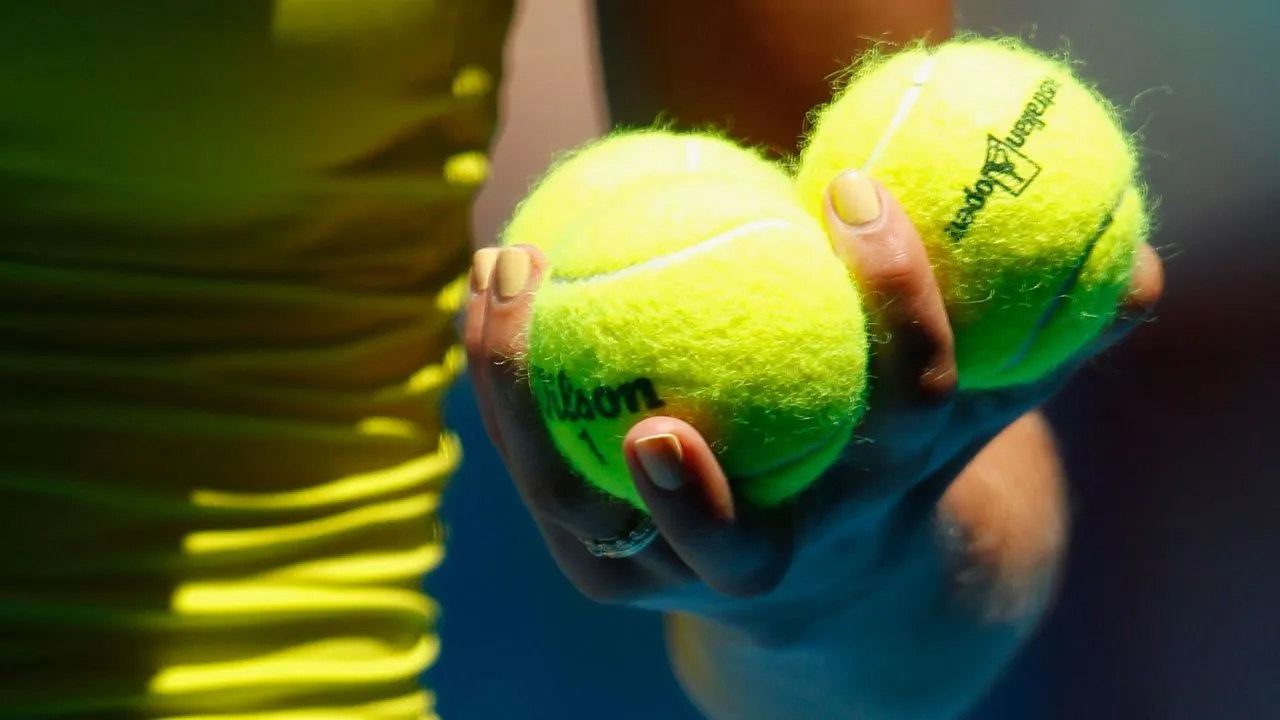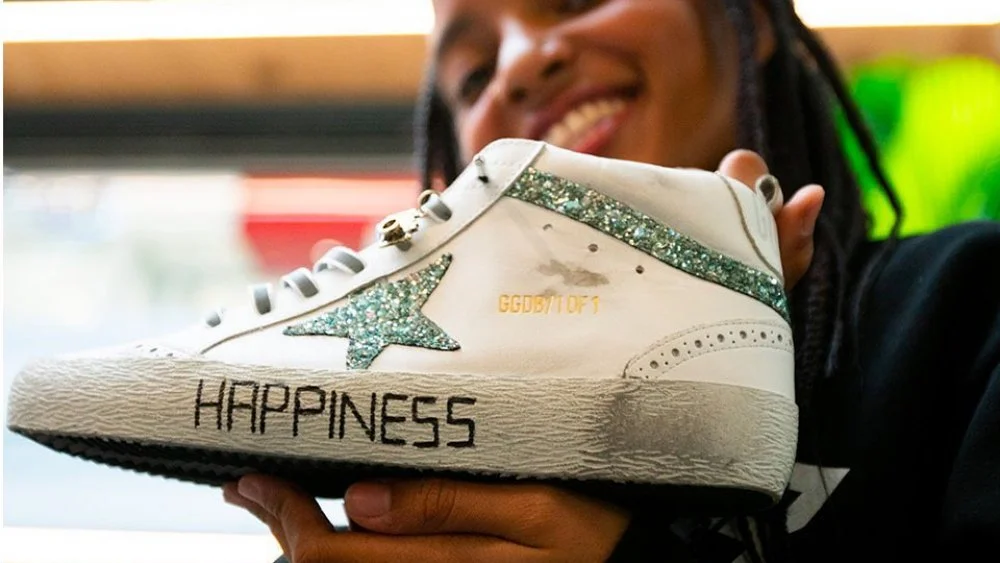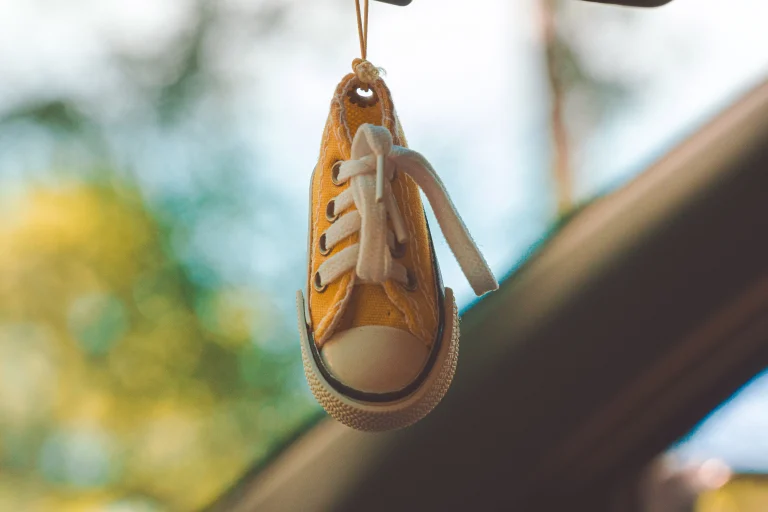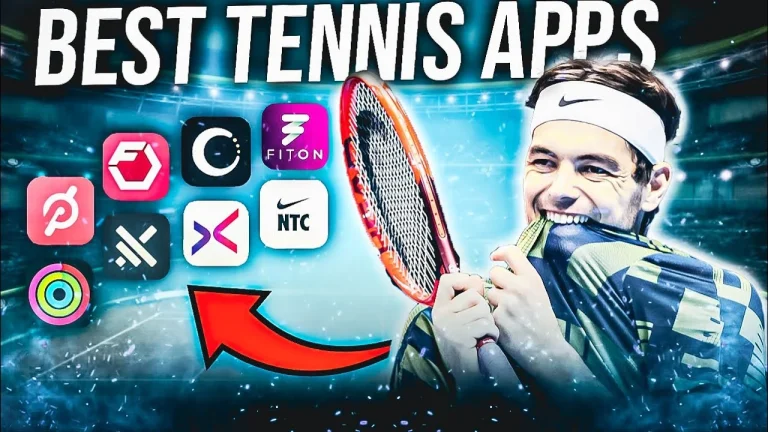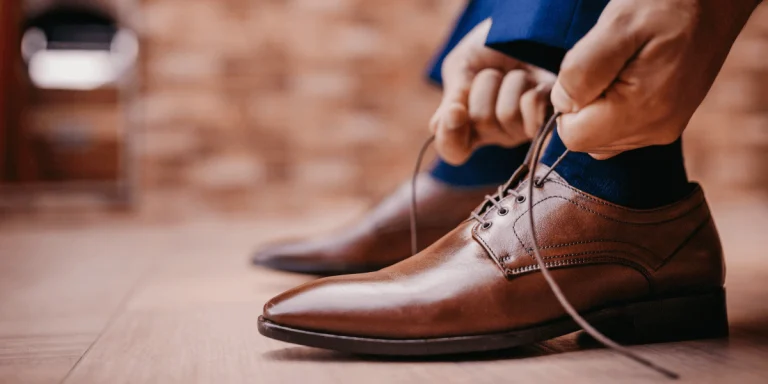What Color Is A Tennis Ball? Expert Guide
Tennis balls are an essential part of the sport of tennis, used by players around the world. When we think of tennis balls, a specific color often comes to mind. In this article, we will explore the question, “What color is a tennis ball?” and delve into the historical background, traditional color perception, modern variations, and the scientific explanation behind color perception.
You will have a better understanding of the colors associated with tennis balls and the factors that contribute to our perception of their color.
Why Are Tennis Balls This Color?
Tennis balls are traditionally yellow in color for a few reasons. Firstly, the bright yellow color provides excellent visibility on the tennis court. When a ball is hit at high speeds, its yellow color stands out against the green background, making it easier for players to track and react to its movement. This enhanced visibility helps players anticipate shots and respond effectively.
Secondly, the color yellow was chosen to enhance the viewing experience for television audiences. Yellow tennis balls are more easily seen on TV screens, allowing viewers to follow the game more easily. This was particularly important for broadcasting matches and ensuring that audiences could enjoy the sport without any visual difficulties.
While yellow is the traditional color, there have been variations introduced in recent years. Some tennis balls are now available in different colors, such as orange or green, which are used for specific purposes like training or playing on different court surfaces

However, the majority of tennis balls used in professional and recreational play still maintain the classic yellow color for its visibility and familiarity. Overall, the yellow color of tennis balls serves both practical and aesthetic purposes in the sport.
Traditional Color Perception
The traditional color perception of tennis balls is that they are yellow. This perception has been ingrained in the minds of players and spectators for many years. When we think of tennis balls, the vibrant yellow color immediately comes to mind.
The reason behind this traditional color perception is primarily due to visibility. The bright yellow color of tennis balls stands out against the green background of the tennis court, making it easier for players to track the ball’s movement. This high visibility allows players to anticipate shots and react quickly during fast-paced matches.
Additionally, the yellow color of tennis balls enhances the viewing experience for spectators, both in person and on television. The contrast between the yellow ball and the green court makes it easier for viewers to follow the game and see the ball’s trajectory.
Related To: Can You Play Tennis In The Rain?
Related To: Why Are Tennis Balls Fuzzy?
Do Any Other Colors For Tennis Balls Exist?
Yes, besides the traditional yellow color, other colors for tennis balls do exist. In recent years, there have been variations introduced to offer different options for players and specific playing conditions.
One common alternative color is green. Green tennis balls are often used for training purposes, especially for beginners or players who are learning the sport. These balls are designed to have a lower compression, making them slower and easier to control, which aids in skill development.

Another color variation is orange. Orange tennis balls are typically used for playing on smaller courts, such as those used in junior tennis or recreational settings. These balls have a lower bounce and are easier to see against different court surfaces, making them suitable for younger players or those transitioning to full-sized courts.
Why Do Some People Believe That Tennis Balls Are Green?
Some people believe that tennis balls are green due to a phenomenon called color perception. Color perception can be influenced by various factors, including lighting conditions and individual differences in how our eyes perceive colors.
In certain lighting conditions, such as indoor or artificial lighting, the yellow color of tennis balls can appear more greenish to some individuals. This can lead to a perception that tennis balls are green instead of yellow.
Additionally, personal experiences and individual differences in color perception can contribute to the belief that tennis balls are green. Some people may have a different sensitivity to certain colors or may interpret colors differently based on their unique visual perception.

What Do The Different Colors For Lettering Mean?
The different colors used for lettering can have various meanings depending on the context. Here are some common associations with different colors in lettering:
It’s important to note that color associations can vary depending on cultural and personal interpretations. Additionally, the specific context and design choices can also influence the meaning of different colored lettering.
Will The Color of a Tennis Ball Ever Change Again?
While it is difficult to predict the future with certainty, it is unlikely that the color of a tennis ball will change significantly in the near future. The traditional yellow color of tennis balls has become deeply ingrained in the sport and is widely recognized by players and spectators.
However, it’s worth noting that there have been some variations introduced in recent years, such as green and orange tennis balls for specific purposes like training or playing on different court surfaces. These variations provide options for players with different skill levels or playing conditions.
That being said, the classic yellow color remains the most commonly used and recognized option for tennis balls. It offers high visibility on the tennis court and has become an iconic symbol of the sport.
While it’s always possible for changes to occur in the future, any significant alteration to the color of tennis balls would likely require careful consideration and evaluation of its impact on the game and the overall tennis experience.
Scientific Explanation
The scientific explanation behind the perception of color in tennis balls lies in the field of human vision and how our eyes perceive light.
Tennis balls are typically made of a fluorescent material that reflects light in the visible spectrum. When light hits the surface of the ball, it interacts with the material and certain wavelengths of light are absorbed while others are reflected back to our eyes.
The color we perceive is determined by the wavelengths of light that are reflected. In the case of yellow tennis balls, they reflect a range of wavelengths that our eyes interpret as yellow.
However, it’s important to note that color perception can be influenced by various factors, such as lighting conditions. Different lighting environments can alter the way we perceive colors. For example, under certain lighting, yellow tennis balls may appear slightly different, such as more greenish or brighter.
Conclusion
The color of a tennis ball is traditionally yellow. This vibrant yellow color provides high visibility on the tennis court, allowing players to track the ball’s movement and react quickly. It also enhances the viewing experience for spectators, both in person and on television.
While yellow is the traditional color, there have been variations introduced in recent years. Green and orange tennis balls are used for specific purposes, such as training or playing on different court surfaces. However, the majority of tennis balls used in professional and recreational play still maintain the classic yellow color.
Frequently Asked Questions
Latest Post

